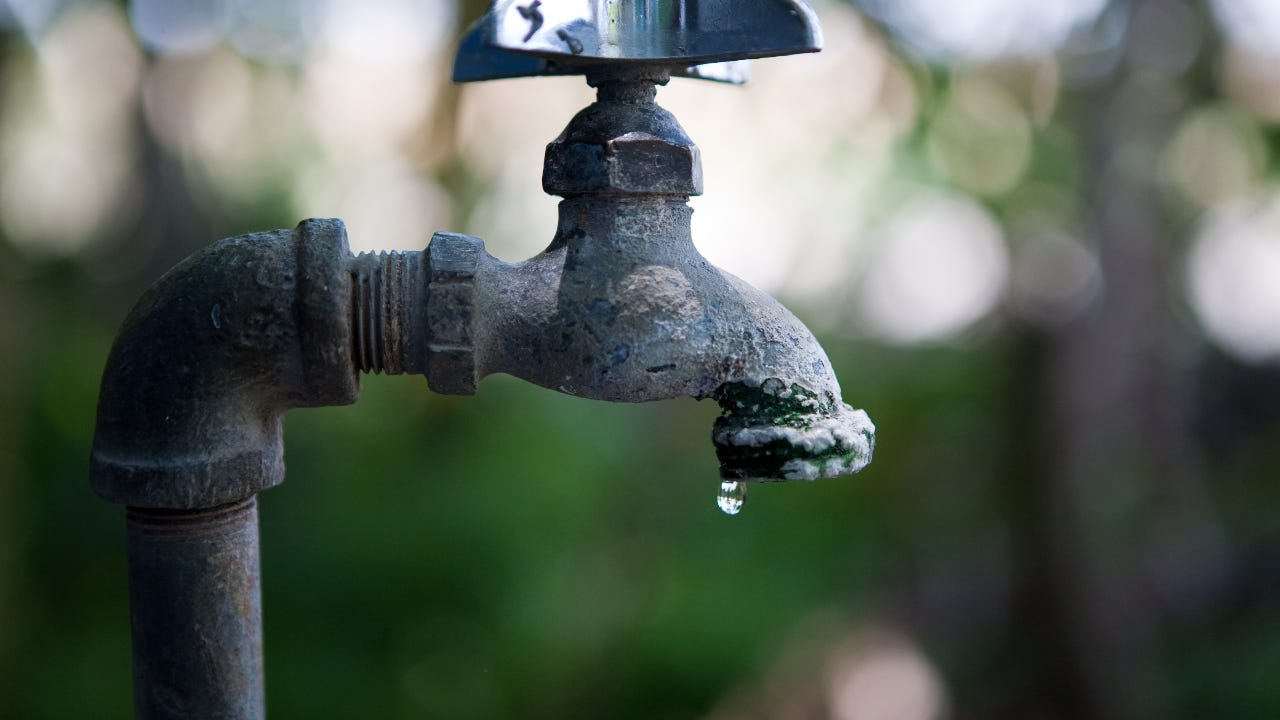Negative interest rates and savings accounts: What that could mean for your money

The Bankrate promise
At Bankrate we strive to help you make smarter financial decisions. While we adhere to strict , this post may contain references to products from our partners. Here's an explanation for .
After the Federal Reserve slashed interest rates to nearly zero earlier this year in a series of cuts, many people have become concerned about where savings rates go from here.
If the economy experiences another downdraft, would the Fed drop rates into negative territory? And would that move translate into negative rates on savings accounts? Would consumers actually end up paying their banks each month for the privilege of holding cash there?
The short answer is that rates on savings accounts aren’t going negative, but that doesn’t mean they couldn’t drop even further from here. Here’s how to minimize the impact on your savings.
Negative rates: How your savings would likely be impacted
The prospect of negative rates on savings accounts is an unnerving one. If the Fed lowers rates into negative territory, the thinking goes, savings rates may follow them down.
In such a scenario, savers would end up owing the bank based on the amount of money in the account. The more money, the more you’d owe. Not only would you not earn money on your hard-earned savings, but you’d actually have to pay out of pocket to keep it there.
Even more strangely, with negative rates the bank might actually pay borrowers to take out a mortgage – certainly a move that most homebuyers would relish, if only in the abstract.
But this scenario of negative savings rates is not something to fret over, says Greg McBride, CFA, Bankrate chief financial analyst.
“Negative interest rates will not happen for consumers’ savings accounts,” says McBride. “Unless you’re a bank with excess reserves, a large institutional investor or a corporate treasurer, worrying about negative interest rates is a waste of your time.”
A more likely scenario for rates
So the good news for savers is that negative rates probably aren’t about to happen, but that doesn’t mean rates on savings accounts won’t continue to trend even lower than they already have. While some banks have held out on the industry-wide trend and kept their savings rates relatively high – it’s still possible to find a high-yield savings account offering more than 1 percent APY – those holdouts may not last.
With banks continuing to compete for deposits, rates may stay higher for a bit yet, but the Fed’s near-zero rate gives others, such as the big banks, room to cut and hold their rates near zero.
If banks continue to feel pressure, here’s a more likely scenario than negative rates, according to McBride.
“Rates would fall, some banks might eliminate interest altogether, as they have on many checking accounts, and account fees could become more common, but the rates won’t go negative.”
In other words, rather than turn to negative rates and attract the negative publicity of the move, banks will keep imposing more costs on consumers. Of course, banks already do this to some extent by hiding the costs of “free” accounts in the interest rate they pay on the account.
If and when they are no longer able to offset their costs with lower rates, banks will begin asking customers to pay more and more of the costs of their accounts.
How to optimize your saving strategy in a low-rate environment
It’s a tough time to be a saver, so you have to optimize your strategy to make the most of what’s available. In this environment, savers have at least a few options if they want higher rates.
“If you want to further buffer your savings against near-zero interest rates or the possibility of negative interest rates, move to a federally insured online savings account,” says McBride.
Online banks regularly offer 10 times the interest rate offered by a local bank or even the largest national banks, and sometimes 20 times as much. If you’re looking for the best rate, it pays to look online to find it. And by using a bank that’s backed by the Federal Deposit Insurance Corporation (FDIC), your account’s principal is still protected against loss, up to $250,000 per depositor per account type.
Another alternative is to lock in a CD rate at an FDIC-backed bank. That would protect you if rates on savings accounts fell further, but you probably wouldn’t have immediate access to your cash without incurring a penalty. Still, the move may make sense if you can find an attractive rate at an online bank and otherwise don’t need to use the money during the term of the CD.
Again, to find the best rate on a CD you’ll want to look at the best rates across the nation.
Bottom line
While interest rates have been falling over the last few months as the economy slows, savers shouldn’t fret too much about seeing negative rates on their accounts anytime soon. But with the downward pressure on rates, savers should take every advantage they’re offered in this environment, and that means searching for the best rate online.
Learn more:
Related Articles

Top high-yield savings accounts are now beating inflation. Here’s why that’s important


The best places to save your money: Money market accounts, savings accounts and CDs

Sinking funds: What they are and how they might help you achieve your savings goals